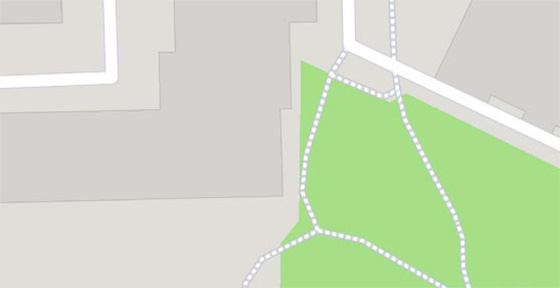The historic monastery was built in the years 1637-1639 as a royal necropolis. It is distinguished by a harmonious contrast between Gothic-Renaissance architecture and richly carved decorations covering the entire facade. You can see Armenian, Ottoman, Arab and Persian inspirations in them.
In the monastery church there is an iconostat made of Carrara marble. The icons it houses are decorated with gilding and precious stones. It is worth mentioning that from the original iconostasis, dating back to the 17th century, only one icon has survived to the present day. In the temple you can see 19th-century frescoes by Romanian and French artists, which replaced the original paintings from the first half of the 17th century. Some mosaics and paintings depict St. Paraskieva whose relics are kept in the church.
In the monastery, it is worth visiting the restored Gothic Hall, where the cathedral was held in 1642. There is also a museum where vestments and liturgical vessels are kept.
Attractions inside




